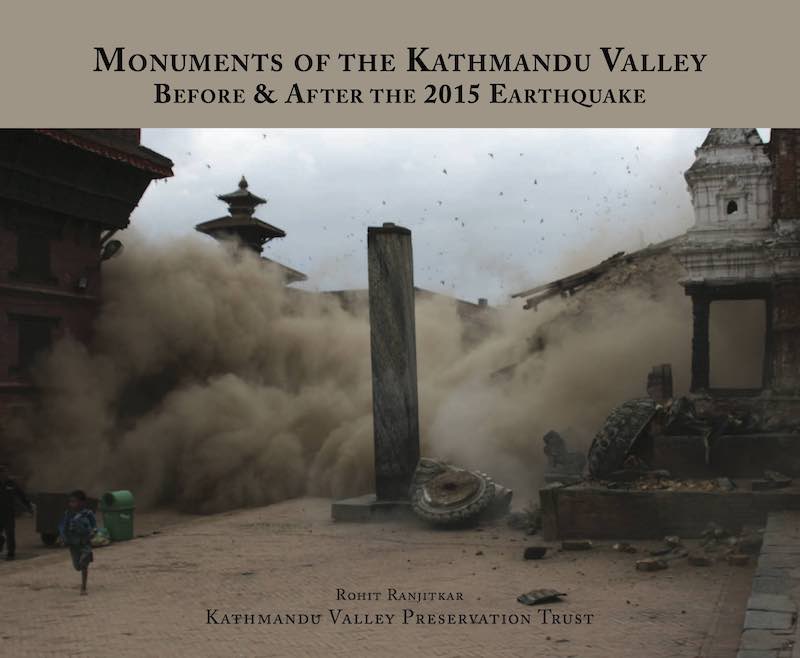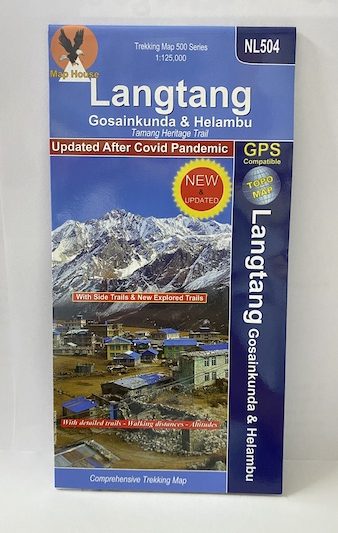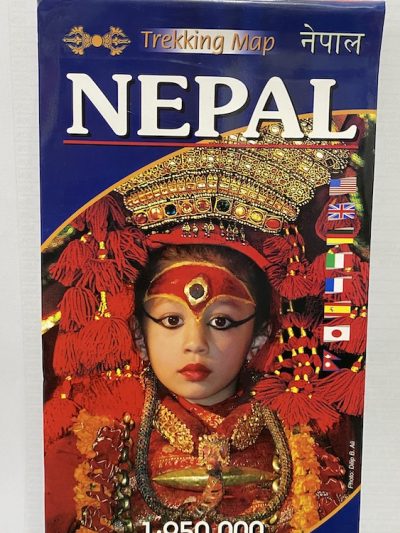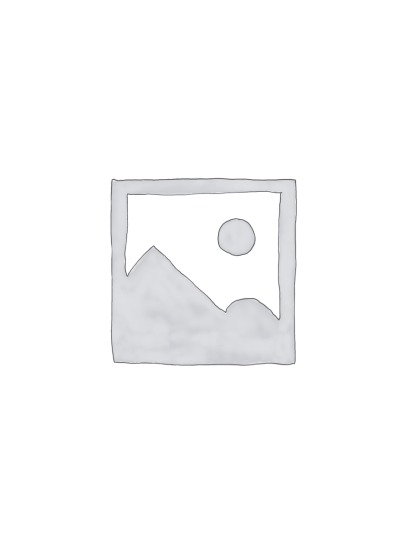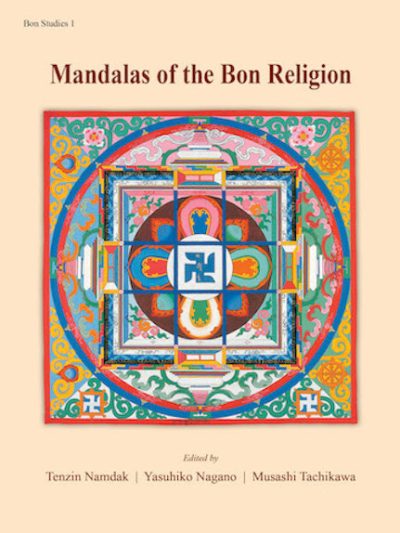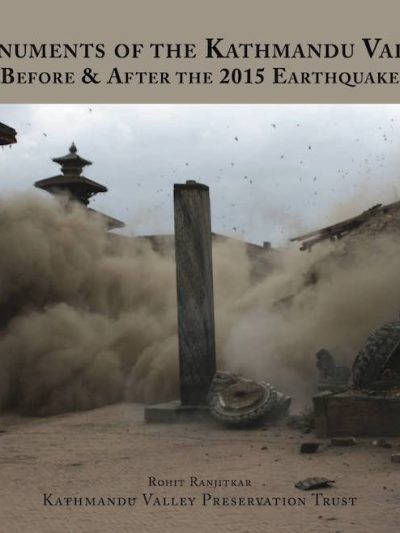Description
During the 2015 earthquake, many historical monuments in Nepal were severely affected. This book documents post-earthquake damages and reconstruction of monuments in the Kathmandu Valley. It does not aim to determine norms and guidance for reconstruction, however. Instead, changes to monuments are technically documented, comparing pre and post-earthquake structures and details based on a variety of sources including the author’s personal archive from his longstanding work in the field of monument conservation. It aims to preserve this knowledge for future generations – similar to the book Nepalko Mahabhukamp, written by Bramha SJB Rana, which describes what happened after the 1934 earthquake – focusing primarily on technical aspects of monument conservation after the 2015 earthquake.
Reconstruction, which began immediately after the earthquake, is still ongoing. Some of the monuments documented in this book were not yet being reconstructed at the time of writing but they have nevertheless been included here if comprehensible proposals for their restoration, reinforcement with technical solutions or rebuilding existed. Those monuments not documented here may be included in future updates to this publication, or a second volume, if plans and proposals for their reconstruction become available.
Conservation tends to invite controversy. Both, non-technical people and the experts have many different opinions about the conservation of monuments. General people make votive offerings to the monuments, offering the best they can (materials or technology or knowledge/ skills) based on their wealth and taste rather than based on technical standards and expert advice. Yet, they do so with good intentions and the goal to preserve, update or beautify the monuments. Professionals also disagree amongst themselves. Oftentimes, outcomes depend on decision-makers or activists rather than professional experts and institutions. But we need to understand that disagreements, compromises and change form part of the process of monument conservation. There often is no ‘right’ or wrong. All around the world, monuments have been changed during reconstruction after disasters – or even during restoration and maintenance work not related to disasters.
In Nepal, most damaged monuments were rebuilt rather than repaired. Even repairable monuments were rebuilt due to the Nepal Government’s Procurement Act which makes it more complicated to do repairs by working directly with skilled local artisans rather than rebuilding with contractors. Hence, it is important to document the changes to monuments resulting from these developments.

